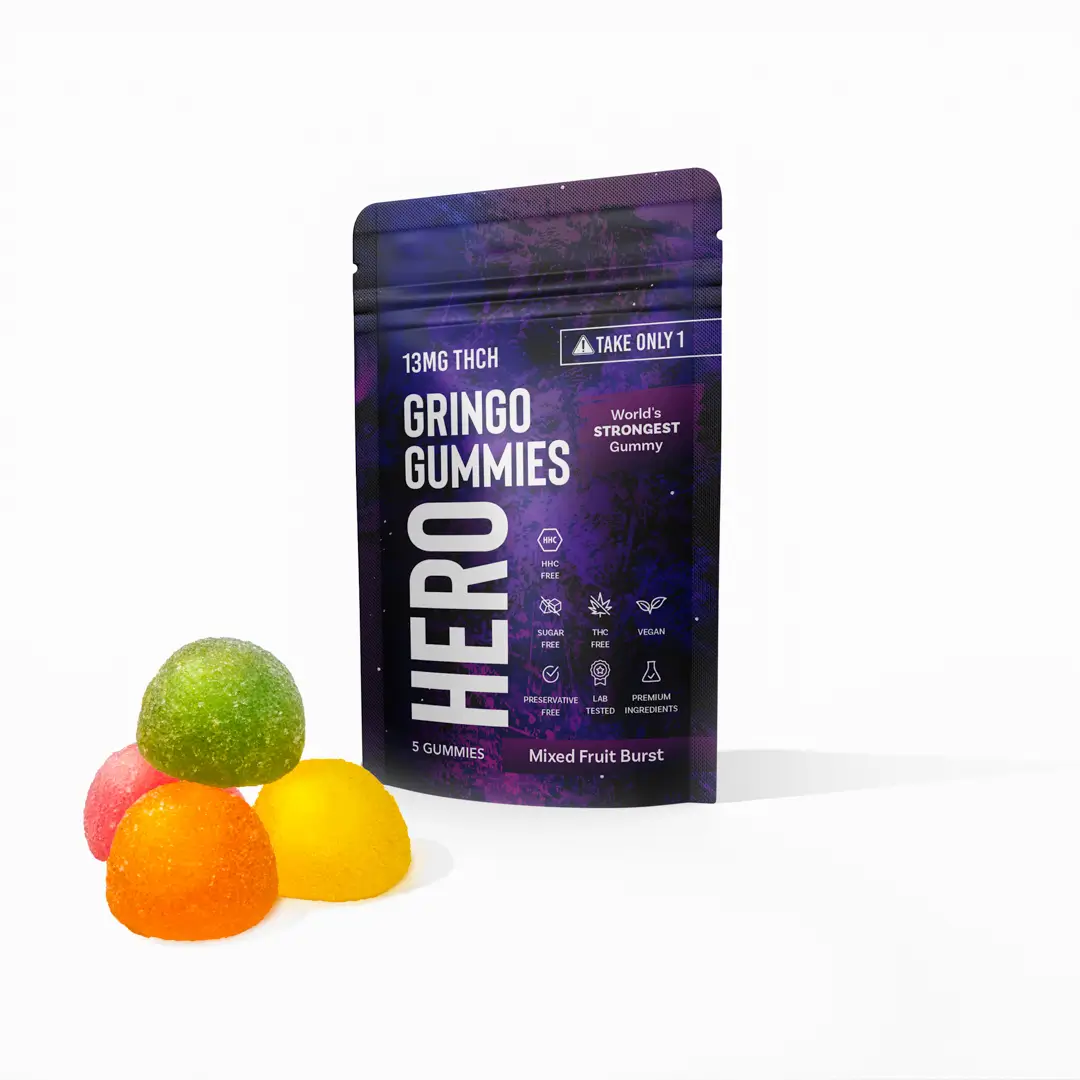Cannabigerol, or CBG, is a lesser-known cannabinoid with a big reputation as the “mother of all cannabinoids.” Why the title? Because other cannabinoids like CBD and THC all originate from cannabigerolic acid (CBGA), the precursor to CBG. Despite its crucial role in the cannabis plant’s chemical lineup, CBG itself is usually found in smaller quantities, making it something of a rare gem.
CBG Concentration in Plants
You’ll find more CBG in younger cannabis plants since it’s the starting point for other cannabinoids. As the plant matures, most of the CBG is converted into other compounds, leaving only a small percentage behind. However, some cannabis strains, like White CBG and Jack Frost CBG, have been bred specifically to maintain higher levels of CBG. Growers are getting creative with cross-breeding and genetics to bring more CBG to the table.
How CBG Works
CBG interacts with your body’s endocannabinoid system, much like other cannabinoids, but it doesn’t have the psychoactive kick that THC does. It binds directly to both CB1 and CB2 receptors, playing a role in various bodily functions without altering your state of mind.
Potential Benefits of CBG
Though research is still in its early stages, CBG is showing promise in several areas:
- Anxiety and Depression: Users often find that CBG helps alleviate anxiety and depression, sometimes more effectively than traditional meds.
- Chronic Pain: CBG could be a game-changer for chronic pain, offering relief that many find more effective than standard treatments.
- Inflammatory Bowel Disease (IBD): While the research is ongoing, there’s potential for CBG to ease the symptoms of IBD.
- Glaucoma: CBG has been studied for its ability to lower intraocular pressure, making it a candidate for glaucoma treatment.
- Huntington’s Disease: Early studies suggest that CBG may protect nerve cells from damage, which could be beneficial in conditions like Huntington’s disease.
- Cancer: Preliminary research indicates that CBG might inhibit the growth of certain cancer cells, particularly in breast cancer.
- Bacterial Infections: CBG has shown antibacterial properties, especially against tough-to-treat strains like MRSA.
How is CBG Consumed?
The most common way to consume CBG is through oil, though it tends to be pricey due to its rarity. Broad-spectrum CBD oils, which contain CBG and other cannabinoids, are also popular. They offer a synergy of effects thanks to the entourage effect, where cannabinoids and terpenes work together. While some people smoke cannabis to get their CBG, it’s important to be aware of the risks, including potential addiction.
Side Effects of CBG
CBG is generally well-tolerated, but some people may experience side effects like dry mouth, sleepiness, increased appetite, and dry eyes.
CBG vs. CBD
CBG and CBD share a lot in common—they both interact with the endocannabinoid system and won’t get you high. But CBG is much less prevalent in cannabis plants and binds directly to cannabinoid receptors, which might give it a bit of an edge in delivering its effects.
Our Take on CBG
CBG is a stimulating cannabinoid, great for focus and daytime use. It’s also an effective appetite suppressant, which could be handy for weight management. However, its energizing effects might not be for everyone, especially if you’re prone to anxiety. All in all, CBG is a versatile cannabinoid that can enhance energy blends, offer mild pain relief, and even create a unique tingling sensation when combined with other cannabinoids.
-
€19,90 – €35,00Price range: €19,90 through €35,00
-
€33,95




